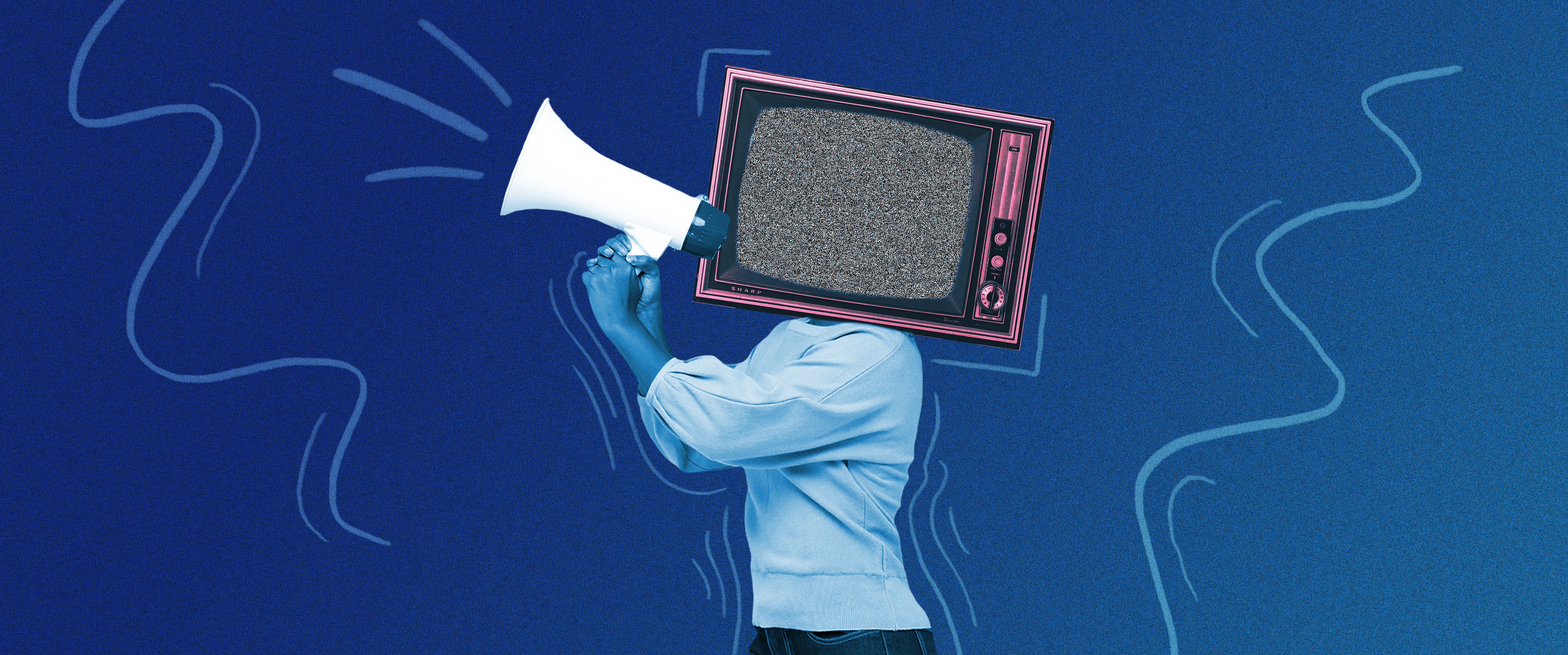When I was told I’d be writing a blog post, I wasn’t sure what I wanted to write about.
At the time, I was reading a book recommended by one of my professors titled Hey Whipple, Squeeze This by Luke Sullivan & Sam Bennett. It was such a great insight into the mind of a successful copywriter, and I was relieved to find out that even the best ones go through the same lulls us amateurs go through.
https://vimeo.com/145081598
In the book, I found this quote:
“I’m appalled by those who [judge] advertising exclusively on the basis of sales. That isn’t enough. Of course, advertising must sell. By any definition it is lousy advertising if it doesn’t. But if sales are achieved with work which is in bad taste or is intellectual garbage, it shouldn’t be applauded no matter how much it sells… It is why the public perception of advertising is going down in this country.”
As soon as I read this, I instantly knew what I wanted to write about.
Ads aren’t supposed to make you say, “Alright, I’ll buy it! Now, stop showing me this damn ad!” While these types of ads can make sales skyrocket and help a business, it isn’t adding anything to the consumer’s life. In fact, the ad is arguably taking something away from them.
Imagine coming back from a long day of work and switching on the TV just to be greeted by an ad that is asking—no, begging—you to buy this product because it is better than all other products. The person isn’t going to run to the store right then and there and buy it. The customer might have the irritating jingle stuck in their head the next time they go to the grocery store, and maybe they’ll buy it because that’s the only brand they remember.
Occupying space in the mind of a consumer is the highest honor an ad can achieve. However, it shouldn’t occupy that space because the customer is tired of seeing it everywhere—that only drives customers away. When an ad interrupts somebody’s episode on a streaming service, do you really think they’re gonna leave the comfort of their house and go buy the item? Or they’re going to remember the ad the second it leaves the screen and their show comes back on?
Probably not. Unless it’s an ad about toilet paper and it’s the start of the pandemic all over again.
Some brands have realized that and changed their strategies. Dove, Nike and Billie are the ones that come to mind. They’ve revamped their strategies and traded them in for a better consumer base. Instead of appealing to the masses, they’ve decided to take a stand on social issues, which is, in my opinion, the bravest thing a brand can do and makes the brand come across as more authentic.
Dove is one of the more notable brands that has embraced messages of body positivity. Their advertising isn’t about putting down women’s natural bodies and pushing their own products as a solution for achieving societal beauty standards. Instead, it’s about uplifting and normalizing all shapes and sizes. Their current social media campaign, #PowerOfYou, is all about uplifting women’s self-esteem and how it can be done in so many different ways.
In the same vein, Billie, a relatively new razor and body care brand, created some serious buzz with a video showing all types of body hair, which is basically unheard of for a razor brand. This ad aims to normalize body hair in the most natural way possible. Even though it was a new brand, they established themselves in the industry quickly by reaching loyal consumers who liked what they stood for.
Believe in something, even if it means sacrificing everything. #JustDoIt pic.twitter.com/SRWkMIDdaO
— Colin Kaepernick (@Kaepernick7) September 3, 2018
In 2018, amid rising tensions across the country, Nike decided to hire Colin Kaepernick, who at the time (and still) is often perceived as a controversial figure, as their brand ambassador. They took a clear stance—which received incredibly divisive feedback—but they refused to back down. This reinforced the trust their consumers had in the company and weeded out the people that didn’t align with their values.
When brands are willing to tackle larger issues without being wishy-washy or insincere in their messaging, that’s when a brand can embrace who they truly are and find their voice. In the last six months, we’ve seen a lot brands come out in support of the Black Lives Matter movement, and plenty that are still struggling with how to rise to this occasion.
When that occasion is met—especially during an era as turbulent as the one we’re living in—we get to see the true beauty of a brand.



